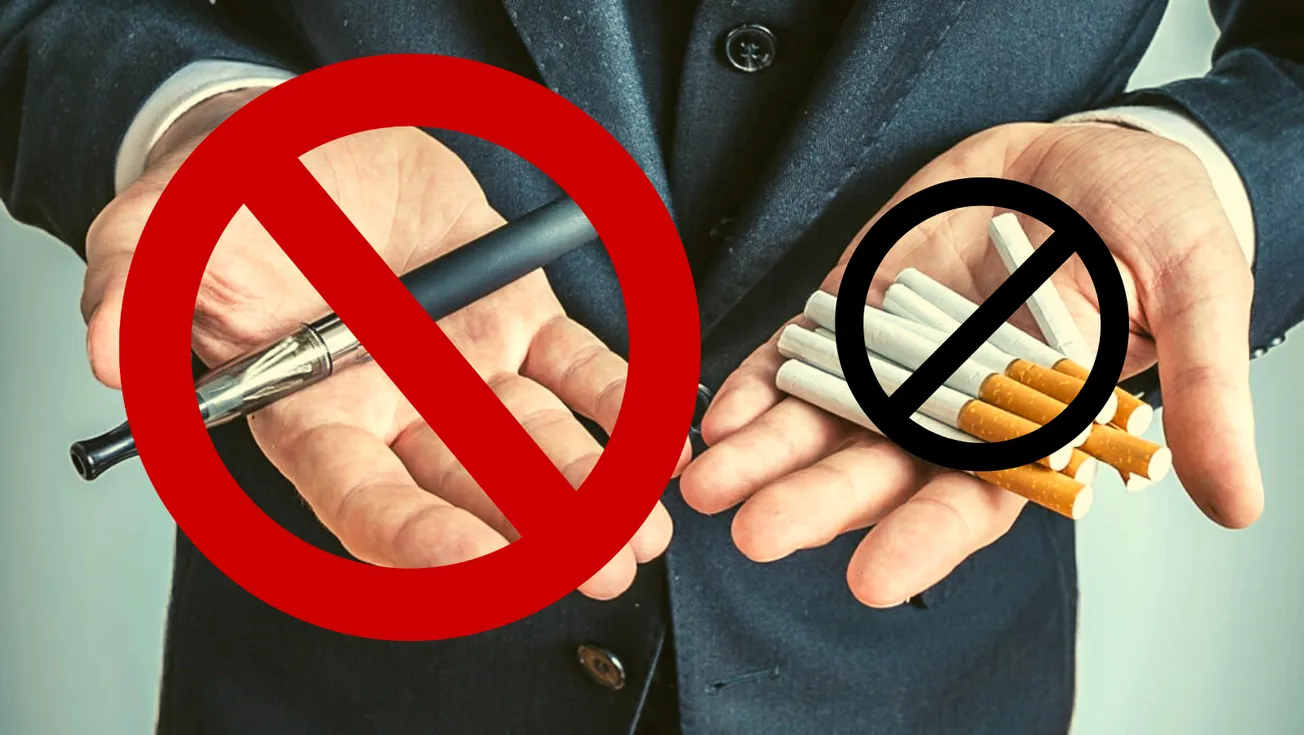The government has announced new vaping restrictions aimed at reducing the number of young people who take up the habit, with a crackdown on cheap disposable vapes, bans on new vape shops near schools and rules around how vaping products can be named.
“From August this year, all vaping devices sold in New Zealand will need to have removable or replaceable batteries”, said health minister Ayesha Verrall in a statement announcing the new rules. “This limits the sale of cheap disposable vapes that are popular among young people.”
“New vape shops won’t be able to open within 300 m of schools and marae, vapes will need child safety mechanisms, and only generic names will be allowed to describe the flavours on offer, which will put an end to potentially enticing names like ‘cotton candy’ and ‘strawberry jelly donut’”, said Verrall.
Speaking at the post-cabinet press conference this afternoon, Verrall confirmed the ban on shops near schools would not affect existing shops or dairies that sell vaping products.
“We recognise we need to strike a balance between preventing young people from starting to vape, at the same time as having vapes available as a cessation tool for those who genuinely want to give up smoking”, Verrall added.
Crackdown on disposable vapes and vape shops near schools announced | Jun 6 2023 | The Spinoff
Oh, goody. Cotton candy and strawberry jelly donut are to be no more. But vaping products are still to be available, maybe with a slightly longer walk to purchase: 301 m from a school or marae. Slightly more expensive and still available in a wide range of flavours and requiring a battery. But that is it, the Minister of Health’s new rules to ‘crack down on youth vaping’.
We can all relax now, knowing that our school children are being protected by the sort-of Minister of Health, Ayesha Verrall. A doctor. One who you would think, just at a guess, would have better health outcomes in mind than simply increasing the walking distance to purchase vapes, and cutting the flavour range by, say, two. And making them cost slightly more.
What do trusted authorities think of vaping? And its first cousin, smoking?
Both smoking and vaping have side effects and risks. Scientists do not fully understand the long-term health effects of electronic cigarettes (e-cigarettes) yet, but the science indicates they are not a safe alternative to smoking. Vaping involves breathing in an aerosol that contains several chemicals, including nicotine and flavoring, through an e-cigarette or other device. Vaping is growing in popularity among teenagers. According to the American Heart Association (AHA) Trusted Source, many people believe that vaping is safer than smoking, but this is not necessarily the case. Mounting evidence suggests that vaping is dangerous.” (emphasis added).
Vaping vs. smoking: Long-term effects, benefits, and risks (medicalnewstoday.com)
Why was vaping ever allowed to take hold here and be promoted as a ‘safe’ alternative to smoking and a device to reduce smoking? What harm does vaping do? It’s all natural, right? Wrong.
Is vaping bad for you? There are many unknowns about vaping, including what chemicals make up the vapor and how they affect physical health over the long term. “People need to understand that e-cigarettes are potentially dangerous to your health”, says Blaha. “Emerging data suggests links to chronic lung disease and asthma, as well as associations between dual use of e-cigarettes and smoking with cardiovascular disease. You’re exposing yourself to all kinds of chemicals that we don’t yet understand and that are probably not safe.”
5 Vaping Facts You Need to Know | Johns Hopkins Medicine
People who vape may be at risk of harm for some of the following reasons:
- E-cigarettes can contain a large dose of nicotine, a substance known to slow the development of brains in fetuses, children, and teens.
- The liquid that creates the vapour is dangerous to adults and children if they swallow, inhale, or get it on their skin.
- Vaping also delivers dangerous chemicals, including diacetyl, cancer-causing chemicals, heavy metals, and volatile organic compounds (VOCs).
- Vaping may normalise smoking again as it becomes more popular.
E-cigarettes, vape products, still contain large amounts of nicotine, the big baddy of the tailor-made or roll-your-own ciggies, and cigars.
Research from The Johns Hopkins University on vape ingredients published in October 2021 reveals thousands of chemical ingredients in vape products, most of which are not yet identified. (emphasis added.) Among those the team could identify were several potentially harmful substances, including caffeine, three chemicals never previously found in e-cigarettes, a pesticide and two flavourings linked with possible toxic effects and respiratory irritation.
Both e-cigarettes and normal cigarettes contain nicotine, which research suggests may be as addictive as heroin and cocaine.
Nicotine is the primary agent in regular cigarettes and e-cigarettes, and it is highly addictive. It causes you to crave a smoke and suffer withdrawal symptoms if you ignore the craving. Nicotine is a toxic substance. It raises your blood pressure and spikes your adrenaline, which increases your heart rate and the likelihood of having a heart attack.
5 Vaping Facts You Need to Know | Johns Hopkins Medicine
Neither smoking nor vaping is great for our health; we know that. So why does the Minister of Health make it just a little more difficult to vape rather than a lot more difficult? I know all the arguments against prohibition, but surely, had we not allowed yet another noxious product with a raft of retail opportunities and tax (aha! – there we have it) to be introduced here and promoted as a safe alternative to ‘real’ smoking, then our kids would not be able to fill their lungs and damage their brains with yet another tranche of toxicity.
“Some cigarette users take up vaping to help them quit smoking, or with the intention of switching to e-cigarettes altogether. But real-world research suggests that many adults who smoke cigarettes and vape — what’s known as dual use — continue smoking over the long term, sometimes alongside e-cigarettes. This study suggests that at the population level, vaping may not help people kick the smoking habit”, study author Nandita Krishnan, PhD, a postdoctoral scholar at Stanford University in Palo Alto, Calif., said in a press release.
“People who concurrently use e-cigarettes and cigarettes experience increased health risks, and both products deliver nicotine, which is addictive”, she added. “We should be trying to help them quit both smoking and vaping.”
When People Both Vape and Smoke, They Don’t Swap Cigarettes for E-Cigs (healthline.com)
That knocks the use of vaping as a cessation tool into a cocked hat.
Minister Verrall, please explain.









